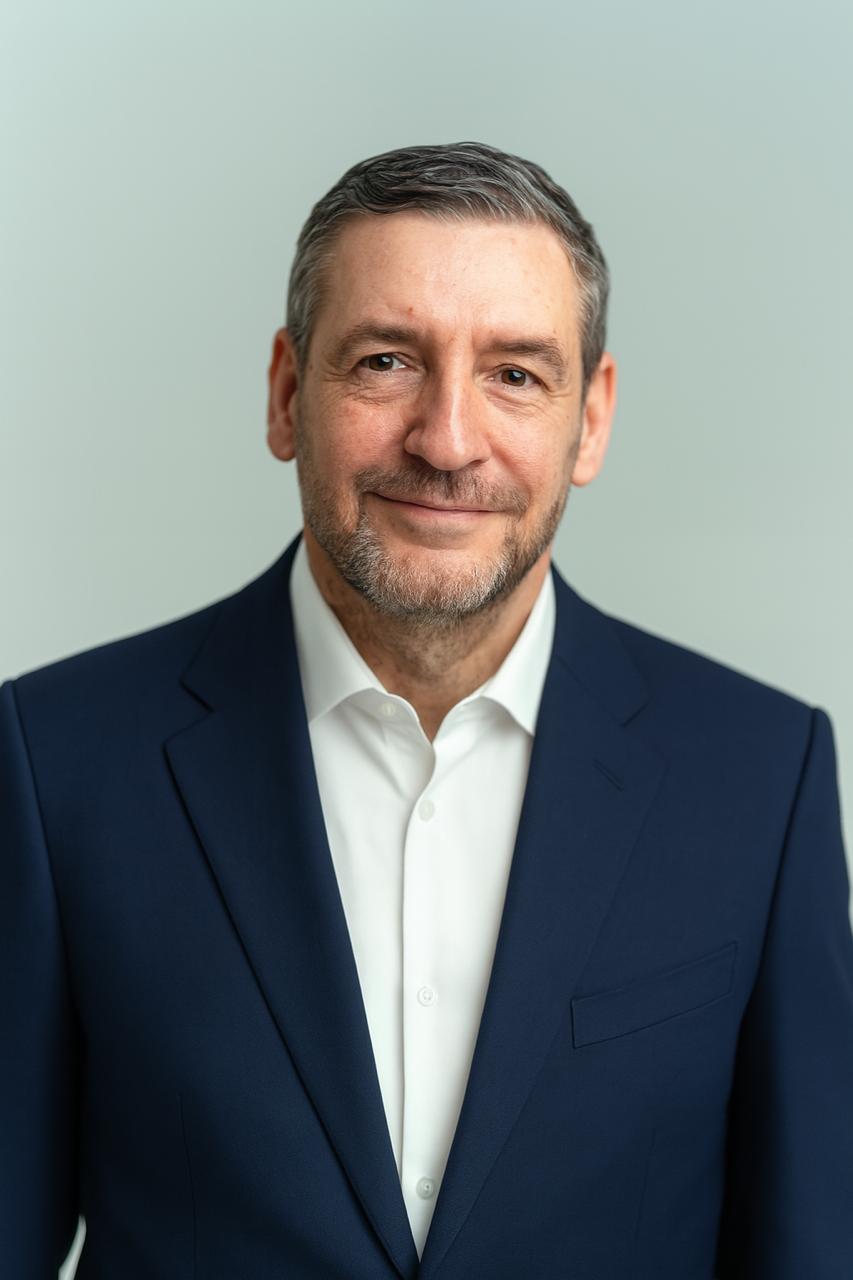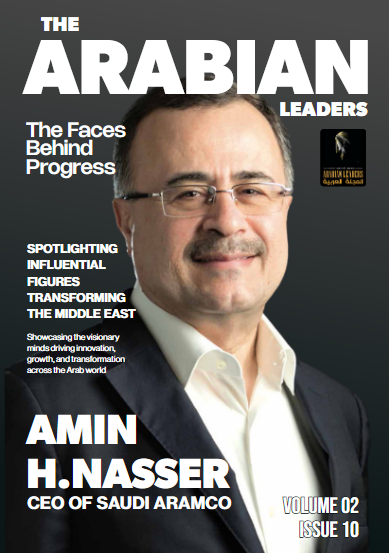By The Arabian Leaders
Published on: 9-07-2025
Arabian Leaders Magazine sat down with Kerem Cengiz, Managing Director Middle East at LWK + PARTNERS, to delve into his perspectives on the future of urbanism, strategic leadership, and building cities that resonate beyond their skylines.
Q1. Kerem, your role extends far beyond conventional architecture. How would you define your approach to urban development today?
Kerem:
Indeed, my work is less about the authorship of design and more about orchestrating an architectural enterprise that aligns multiple objectives. For me, it’s about creating frameworks where excellence can thrive – where commercial ambition, cultural relevance, and spatial intelligence are synthesised to deliver places that endure. Great urbanism isn’t just lines on paper; it’s a strategy, a sensitivity to context, and an alignment of stakeholders towards a shared purpose.

Q2. What do you see as the most urgent priority for cities in the Middle East right now?
Kerem:
Speed is an undeniable characteristic of our region’s development, but with it must come thoughtful calibration. Our priority should be to balance ambition with adaptability – ensuring cities are designed to evolve. The GCC is moving at an extraordinary pace, but real success will come from creating environments that are flexible, liveable, and meaningful for generations. We need to embed resilience into our infrastructure, social spaces, and economic models.
Q3. LWK + PARTNERS has worked across many sectors in the region. Is there a unifying principle to these projects?
Kerem:
Yes – alignment. Whether it’s a boutique hospitality project, a large-scale waterfront masterplan, or civic infrastructure, we always ask: what is the purpose, who does it serve, and how will it adapt? Style is important, but strategy is paramount. We see design as a vehicle for economic, cultural, and environmental value, not simply an aesthetic exercise.
Q4. You often speak about the role of relationships in architecture. Could you elaborate?
Kerem:
Great places aren’t defined by materials or skylines alone. They are built on relationships – between people, between communities and spaces, and between the public and private sectors. Our role is to shape environments that nurture these relationships, where human experiences become the measure of success, not just financial or visual metrics.
Q5. How do you view your leadership responsibility within LWK + PARTNERS?
Kerem:
Internally, I see myself as a mentor and systems-thinker, building integrated teams where architecture, landscape, interiors, and urban strategy are all part of a single ecosystem. Externally, I act as a translator between stakeholders, ensuring developers, civic partners, and communities are aligned. Successful projects don’t start with sketches; they start with conversations, agreements, and shared visions.
Q6. What inspires you personally to keep pushing the boundaries of your profession?
Kerem:
Cities are the ultimate human project. They reflect our values, priorities, and aspirations. My inspiration lies in contributing to places that are not only successful today, but remain relevant and loved decades from now. It’s about guiding conversations beyond form, towards meaning – creating environments that people understand, use, and cherish.
Q7. Finally, what advice would you give to emerging architects and urban strategists in the region?
Kerem:
Embrace context and complexity. Listen deeply before you design. Remember that architecture and urbanism are ultimately about people and purpose – not just form. And always approach your work with humility, because the environments we create will shape lives in ways we can’t always predict.
Closing Note
In a Middle East defined by rapid transformation and bold ambition, leaders like Kerem Cengiz bring essential clarity: that the greatest cities are not only those that rise fastest, but those that endure with meaning, humanity, and adaptability at their core.








